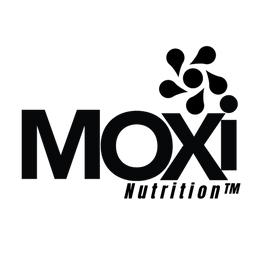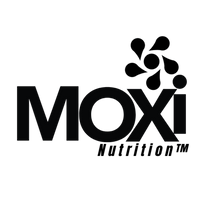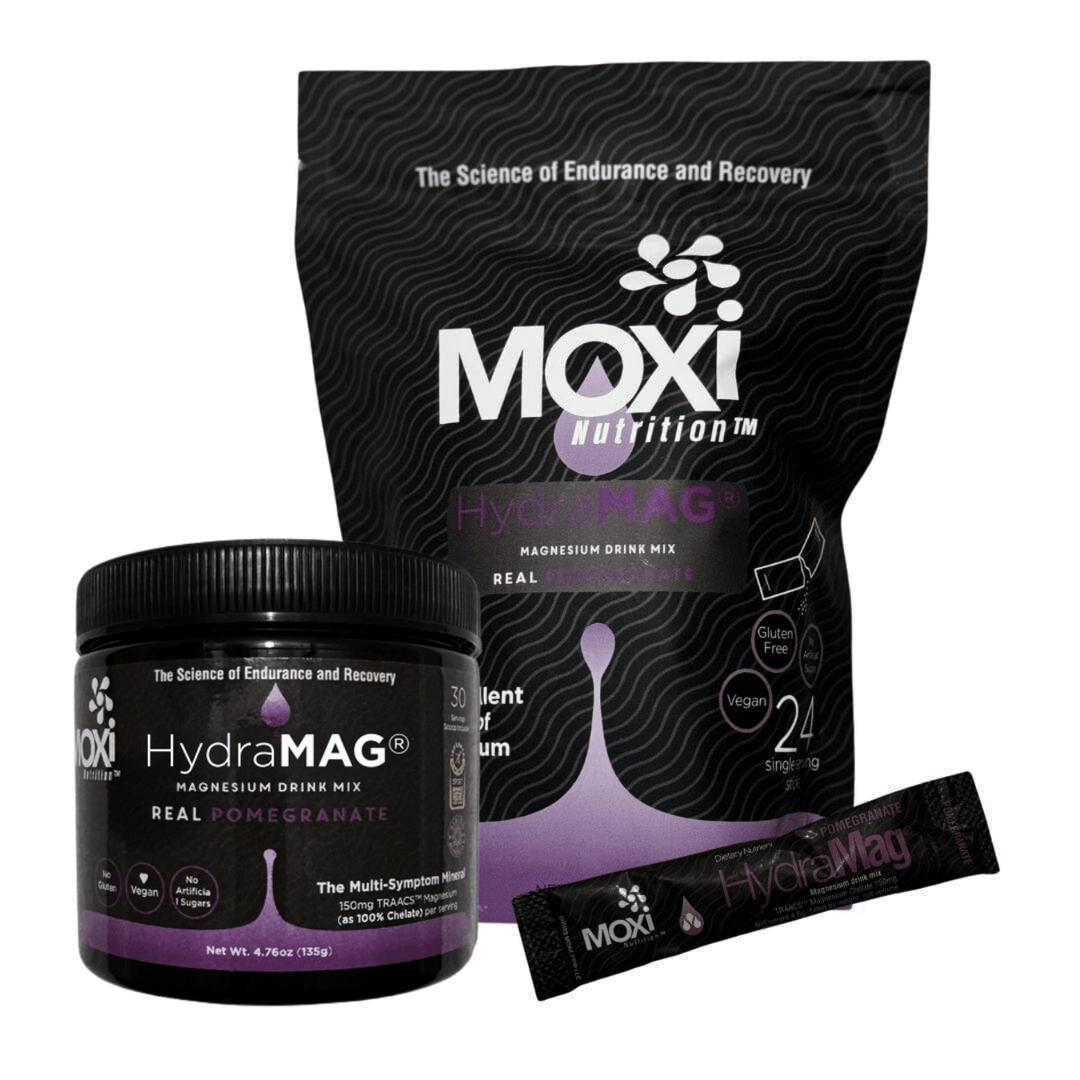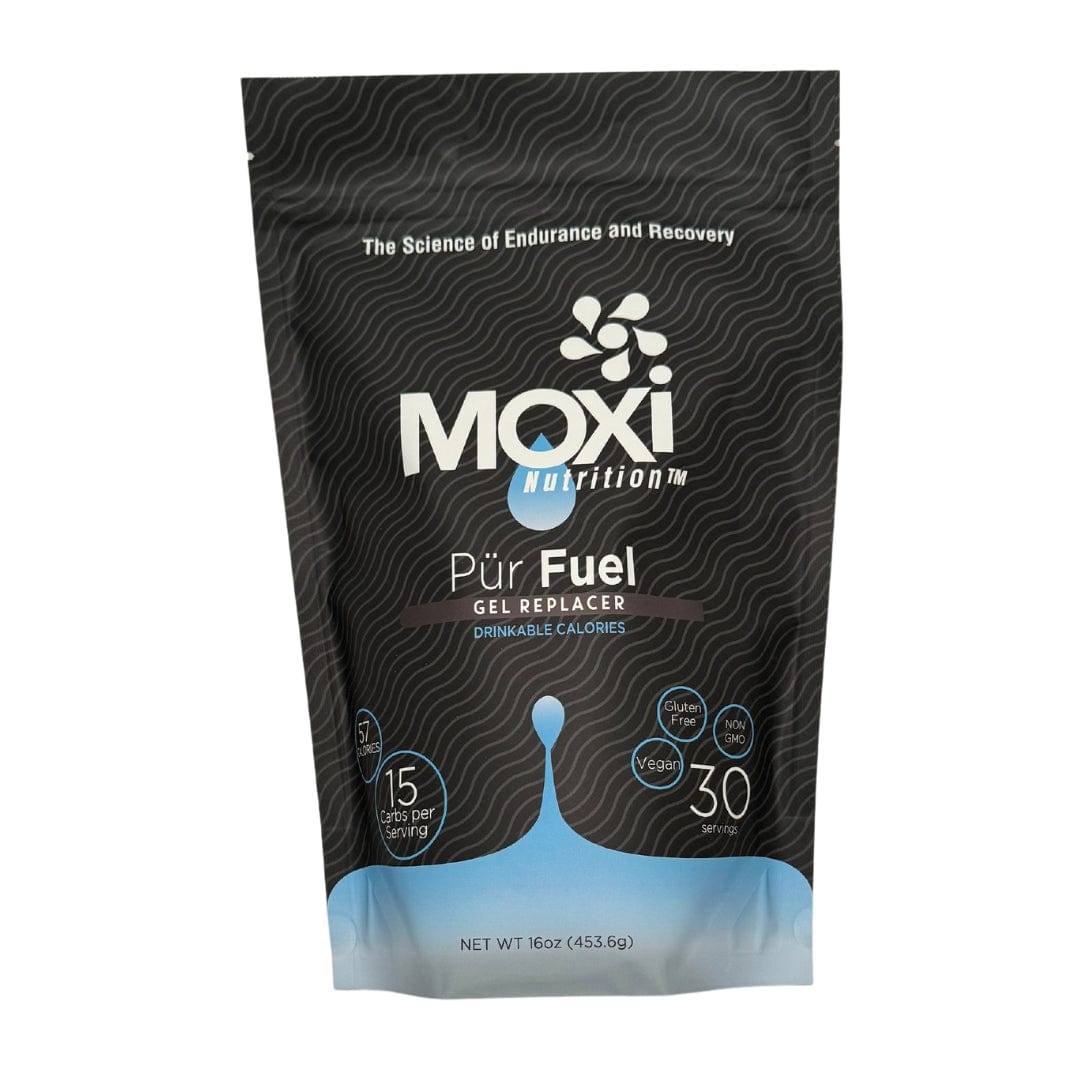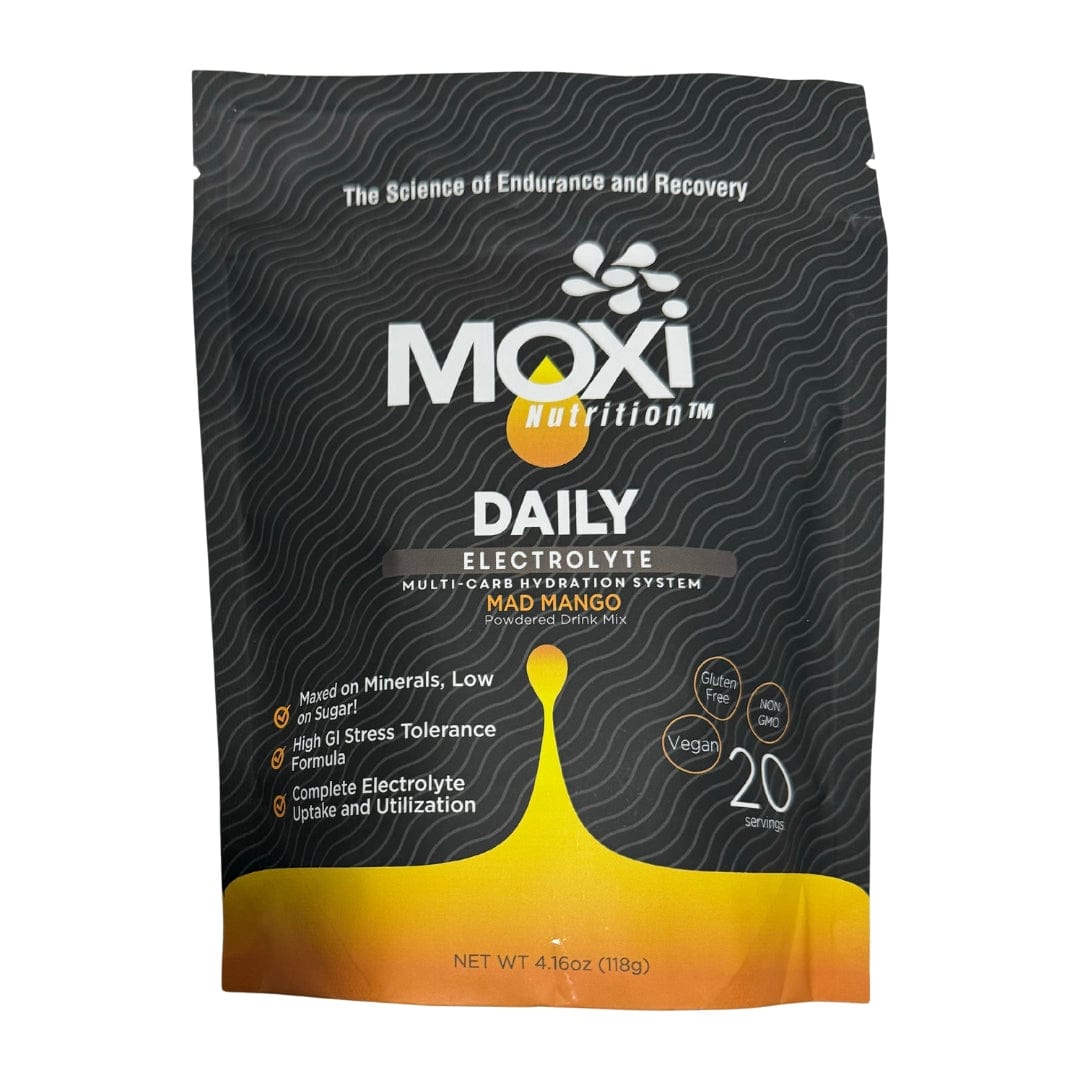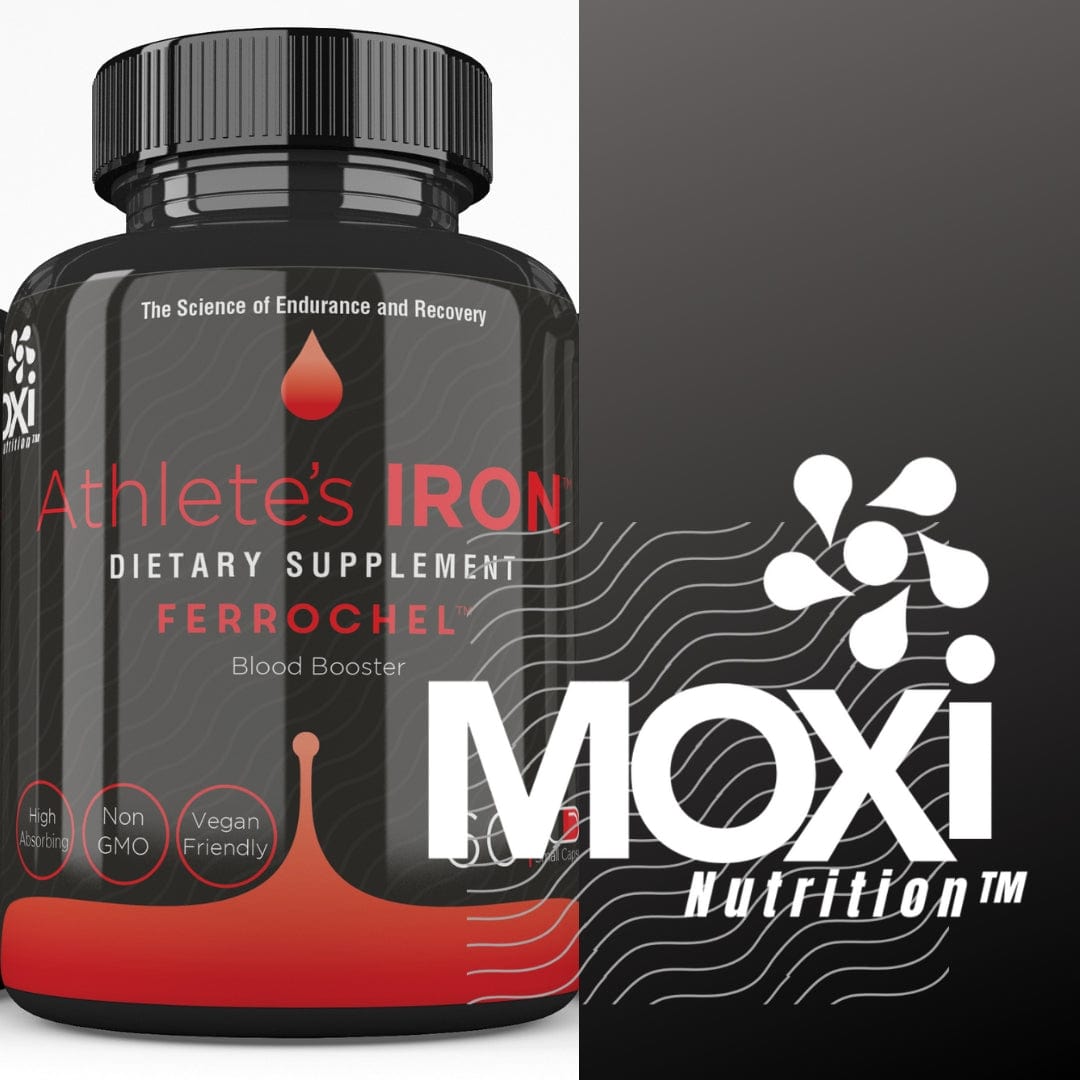Balancing Womens Hormones via Nutrition
How many of you have monthly cramping issues???
Are you still working out during your monthly cycle?
Or are you going through that phase of life and are in Peri-Menopause or Menopause??
Any way you look at it, women have been blessed with the opportunity to pro-create, however at the expense of being inconvenienced monthly and to some, painfully.
Dysmenorrhea, or painful periods, are unique to each individuals genetic make-up, and can affect any woman during their lifetime. Environmental circumstances and or high stress levels; which deplete the system of vital nutrients, or elevated internal inflammation due to disease onset, may be the culprit.
Primary dysmenorrhea is caused by strong contractions of the uterus triggered by prostaglandins, chemicals in the body that are involved in inflammation and pain. Generally, the higher the levels of prostaglandins, the more menstrual pain.
Secondary dysmenorrhea can be caused by:
- Endometriosis, inflammation of the uterine lining
- Blood and tissue being passed through a narrow cervix
- Uterine fibroid or ovarian cyst
- Uterine infections
- PID
- Intrauterine device (IUD)
Pre-Menopausal Symptoms; PMS, most often occurs during the luteal phase of the menstrual cycle, up to 3 days prior to the start of menstruation. It is accompanied by both physiological and psychological symptoms to include and are not limited to: breast tenderness, headaches, musculoskeletal pain, abdominal swelling, swelling of extremities, and weight gain, depression, changes in appetite, fatigue or lethargy, mood swings, irritability, sleep disturbances, tension, social withdrawal, and poor concentration.
There is a heavy relationship to the nutritional status and micronutrient deficiency and imbalance of women and the degree of PMS severity and frequency.
Low mineral and vitamins intake have been mentioned in numerous studies suggesting they play a role in Premenstrual symptoms of all levels. [3] Vitamins are defined as any of a group of natural organic substances that are necessary in small amounts and act as coenzymes and precursors of coenzymes in regulating various metabolic processes.
Vitamins are found in natural produce and meats as well as in fortified foods, albeit as a synthetic vitamin version.
Minerals are defined as chemical elements required as essential nutrients to maintain body functions.
Several vitamins and minerals including vitamin B, vitamin D, calcium, and magnesium are essential for neurotransmitter synthesis and hormonal balance, both of which are potentially involved in the underlying pathogenesis of PMS.
The ATP( Adenosine Triphosphate )Cycle relies heavily on Magnesium; as the workhorse behind generating energy, and is the platform/foundation of metabolism, DNA synthesis, neurotransmission, and hundreds of chemical activations and reactions. Magnesium is needed as a co-factor for proper functioning of the ATP-synthase which produces ATP.
A combination of all nutrients as deficient; and or, varying levels of deficiency per nutrient is in question which will always be based on the genetic factors, health and age of each person.
The most lacking nutrients reported in the typical college-student’s diet are fiber, vitamin D, vitamin E, calcium, magnesium, potassium, and iron.
Of course magnesium is only one of the answers to alleviating the physiological and psychological symptoms, however, it is the most influential mineral to a Hormone Balancing Protocol.
Based on a study of women with a mean age of 21 the blood serum of calcium, phosphorus and magnesium was evaluated during each phase of the menstrual cycle.
Table 1
Serum calcium, magnesium and inorganic phosphorus (mg/dL) levels in the different phases of the menstrual cycle in healthy women
| Mean ± SD (mg/dL) | |||
| Serum calcium | Serum magnesium phosphorus | Serum inorganic | |
| Menstrual phase | 9.52 ± 0.55 | 2.01 ± 0.26 | 4.34 ± 0.44* * * |
[1] https://www.ncbi.nlm.nih.gov/pmc/articles/PMC6491313/
|
Menstrual phase |
9.52 ± 0.55 |
2.01 ± 0.26 |
4.34 ± 0.44* * * |
|
Follicular phase |
10.08 ± 0.48* |
1.76 ± 0.31** |
3.83 ± 0.47 |
|
Luteal phase |
9.29 ± 0.52 |
2.18 ± 0.27 |
3.43 ± 0.51 |
n = 50
*Significantly higher as compared to the other two (P < 0.05)
**Significantly lower as compared to the other two (P < 0.05);
***Significantly higher as compared to the other two (P < 0.05)
This study measured the serum calcium, magnesium and inorganic phosphorus levels as well as the Ca2+/Mg2+ ratios in females who suffered from PMS. Serum magnesium levels were significantly lower in the follicular phase than in the other two phases. In the menstrual, follicular and luteal phases, serum magnesium levels varied from 1.5 to 2.7 mg/dL (2.01±0.26 mg/dL), from 1.3 to 2.5 mg/dL (1.76 ± 0.3 mg/dL) and from 1.7 to 2.8 mg/dL (2.18 ± 0.27 mg/dL) respectively.
Various PMS symptoms were reduced with the use of magnesium infusion or ingesting magnesium salts along with Vitamin D during the second week of the luteal phase as suggested by Mauskop et al.
It is well known in the research community the role magnesium has on the activation of Vitamin D, which comes to no surprise as to the outcome of the Mauskop study.
Magnesium is needed in various physiological processes which influence the pathophysiology of migraine (vasoconstriction, platelet inhibition, secretion of serotonin). Furthermore, Mg is the physiological antagonist at the NMDA-channel which is involved in the regulation of neuronal excitability.
Magnesium plays a critical role in both the physical and psychological impact on PMS.
Vitamins and minerals are the foundation to balancing the body however herbs also have been studied to support hormone fluctuations and lessen the uncomfortable impact during your cycle.
Mental and Digestive support
- Valerian root- helps with anxiety and mentally calming
- Ashwagandha- an adaptogenic herb, mentally calming
- Licorice- eases digestive discomfort and nausea
- Fennel-contains phytochemicals, which help break down food to be digested and metabolized.
Inflammation Reducing Herbs
- Willow Bark- the active component salicin
- Boswellia- derived from a resin found the frankincense tree
- Bromelain- is an enzyme extracted from pineapple stems which reduces prostaglandin hormones; which induce inflammation.
Topping off all vitamin and mineral nutrients, vital to balancing the body hormones, will help support an easier monthly period and may help reduce bloating and blood flow.
Supplementing with various herbs as needed ,can also be of benefit.
The evidence is clear regarding the influence of magnesium deficiency and its role with alleviating PMS symptoms, when magnesium levels are restored to optimal levels.
Magnesium is crucial to supporting the hormones influencing the production of prostaglandins, serotonin, dopamine, cortisol and activating the micronutrients necessary for proper metabolic functions during the menstrual cycle.
Dr Stacy Sims; a highly regarded researcher with female athletes and hormones has highlighted a nutrient protocol for women seeking to alleviate the issues associated with monthly their menstrual cycle
References:
Mauskop A, Altura BT, Cracco RQ, Altura BM. An open trial of magnesium supplementation for the treatment of migraines and symptoms of premenstrual syndromes in premenopausal women: Effect on serum ionized magnesium level. Neurology. 1997;48:A261–2.
https://www.ncbi.nlm.nih.gov/pmc/articles/PMC3770499/
http://pennstatehershey.adam.com/content.aspx?productid=107&pid=33&gid=000052
https://www.ncbi.nlm.nih.gov/pmc/articles/PMC2702765/
https://www.ncbi.nlm.nih.gov/pmc/articles/PMC2700668/#CIT25
https://www.ncbi.nlm.nih.gov/pmc/articles/PMC6491313/
